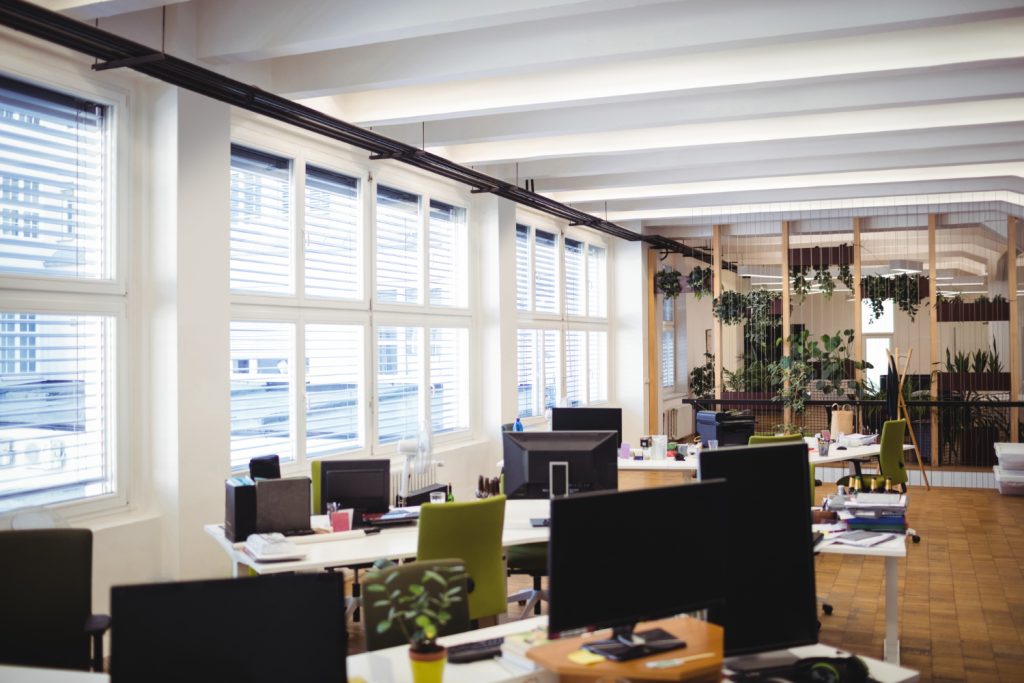
Your workspace isn’t just where you sit. It’s where ideas are born, goals are met, and long hours of focused effort take shape. Whether you work solo or manage a team, the way your workspace is designed can either support or sabotage your productivity. Designing a workspace strategically means thinking beyond decoration and focusing on layout, comfort, and scalability to fuel your daily success.
Whether you’re optimizing a home setup or looking to elevate your professional environment, here are six essential tips for creating a workspace that works as hard as you do.
1. Define Your Core Work Needs
Strategic design begins with understanding what you need from your workspace. Ask yourself:
- Do you spend most of your time in video meetings?
- Are you primarily writing, designing, or coding?
- Do you need a space for client-facing conversations?
- Will your team be joining you on-site or remotely?
By defining your key work activities, you can determine the ideal balance between quiet zones, collaborative areas, and tech setups. For instance, if your work requires high concentration, prioritize soundproofing or privacy. If collaboration is central, create room for whiteboards, screens, and seating arrangements that encourage discussion.
2. Choose the Right Location
Location significantly affects how well you work. At home, that might mean choosing a room with a door you can close, away from the kitchen or family traffic. But if your current space feels limiting or lacks professionalism, upgrading to a purpose-built ADGM office space can change the game.
These office environments are carefully curated for business performance, offering not just quiet and convenience but access to amenities that enhance day-to-day operations. From reliable internet to private meeting rooms, the right location boosts focus and credibility.
3. Invest in Ergonomic Essentials
Comfort is productivity’s secret weapon. A poorly designed desk or chair can lead to back pain, eye strain, and even long-term health issues. Investing in ergonomic office furniture is essential if you want to maintain focus and reduce fatigue throughout the day.
Look for:
- A height-adjustable desk (for standing or sitting)
- An office chair with lumbar support
- A screen positioned at eye level to reduce neck strain
- A separate keyboard and mouse for better wrist posture
An ergonomic setup isn’t just about comfort; it helps you work smarter for longer.
4. Incorporate Zoning for Different Tasks
Your brain needs variety to maintain high performance. That’s why creating different zones for different tasks can be a powerful productivity booster. Consider the following zones:
- Focus Zone: A quiet area free from distractions for deep work.
- Collaboration Zone: A space for meetings or brainstorming sessions.
- Break Zone: Somewhere you can recharge with a quick walk, a stretch, or a coffee.
In larger shared spaces, these zones are often built in, allowing you to shift modes without needing to leave the premises.
5. Use Lighting to Your Advantage
Lighting dramatically influences your mood and energy levels. Natural light, in particular, is known to improve alertness and reduce stress. Position your desk near windows where possible, and use layered lighting, such as task lights, ambient lighting, and adjustable desk lamps for maximum control.
Avoid overly harsh overhead lights or dim spaces that can cause eye strain. In shared spaces, like coworking environments, modern lighting systems are often designed with comfort and efficiency in mind.
6. Integrate Storage and Organization
A cluttered workspace creates a cluttered mind. Incorporate clever storage solutions to keep your workspace clean and organized:
- Use shelves and filing cabinets to store documents and equipment.
- Incorporate cable management systems to eliminate distractions.
- Embrace digital tools for task and document organization.
This doesn’t just help with visual clarity, but it also improves your ability to locate information, reduces stress, and saves time every day.
Closing Remarks
Strategic workspace design isn’t just about choosing the right furniture or color palette. It’s about building an environment that aligns with your goals, energizes your work, and evolves as you do. Whether you’re working from home or looking to scale, every decision you make about your workspace is a step toward stronger focus, better output, and long-term success.